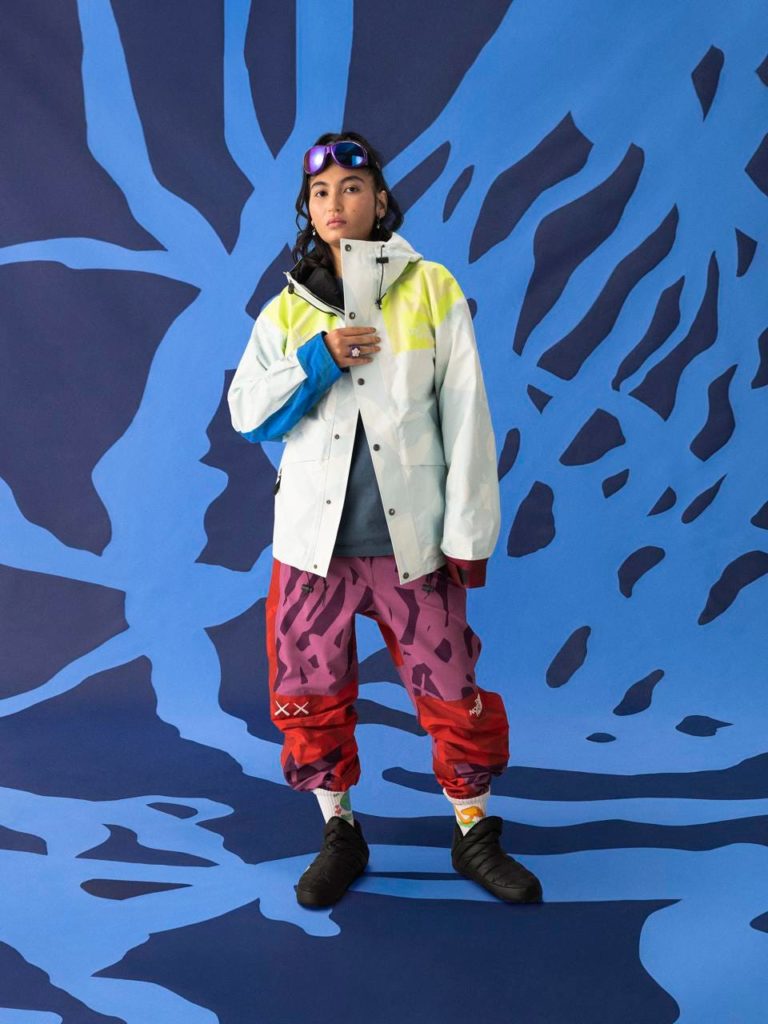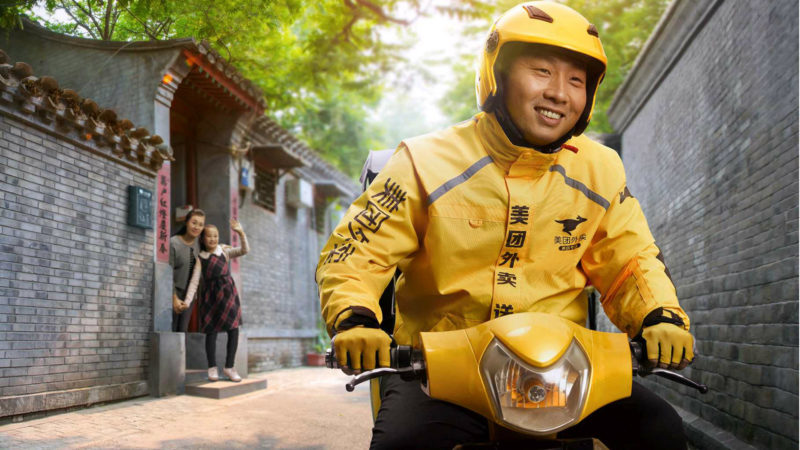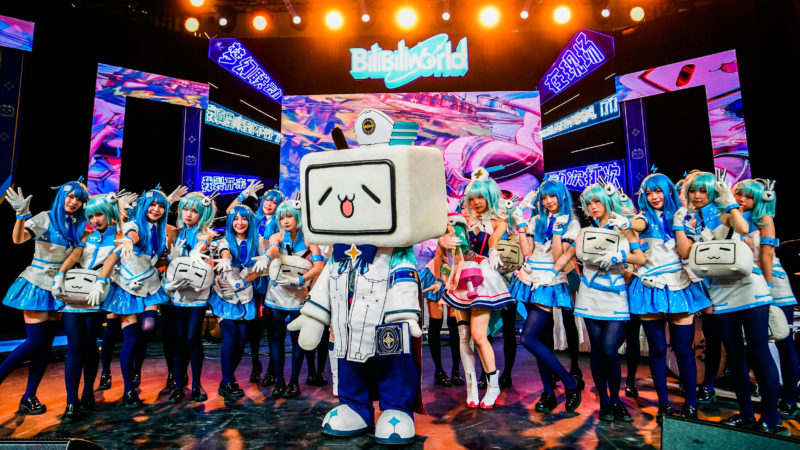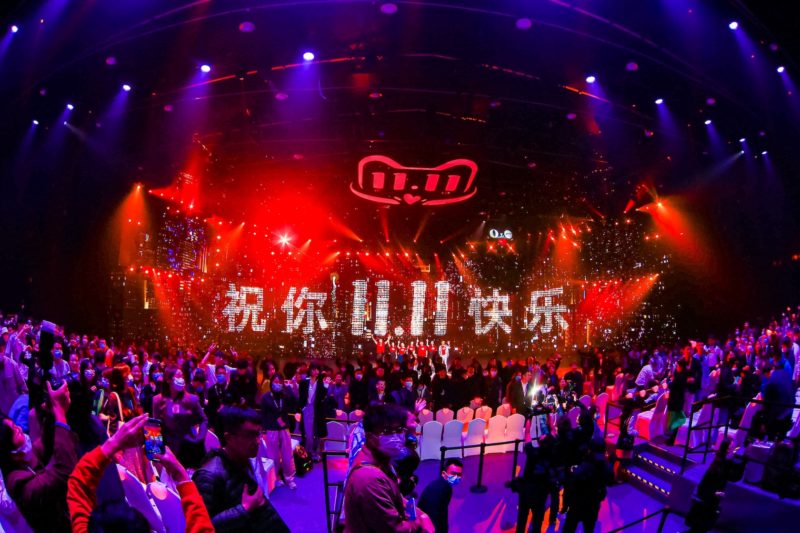Key takeaways:
- The North Face x KAWS campaign is highly anticipated, with its teaser receiving over 135,000 views in four days, with this new product line set to dominate the market.
- Brand collaborations in China have turned many products into bestsellers but companies need to be aware that they can also put the brand image at risk.
- To succeed in China, brands need to learn how to recognise waves and ride on them, continually changing with the consumer demands.
The North Face announced its first 2022 brand collab with KAWS, a world-renowned street art brand. KAWS is most known for its Companions (part of their sculpture art), with its most expensive work auctioned for nearly $15 million. This campaign is expected to boost The North Face sales in China, leveraging KAWS’s popularity and striking a chord with the younger generations due to the punchy and popular art style.
A teaser for this campaign, featuring a pair of 13-meter-tall snow Companion sculptures, has already revealed the high anticipation. Published on The North Face’s Weibo account on 7 January, the video has gained over 135,000 views at the time of writing (first four days) with a media buzz around the new collaboration helping to push The North Face’s new product line into the spotlight.
KAWS is very popular amongst Chinese youngsters, due to the street style art they use, which has endeared many fans and particularly those in younger demographics. For instance, in collaboration with KAWS in 2019, Uniqlo saw an unprecedented shopping frenzy highlighting the proven formula of working with such an artist.
These winter collections are promoted to embrace the vast outdoor demand unleashed by the 2022 Beijing Winter Olympics.
Chinese consumers were queuing up at midnight to get a basic T-shirt printed with the iconic Companion figure and meanwhile, the KAWS collab collections were sold out online within three seconds. It is clear that any potential partnership with KAWS is one of the lucrative opportunities within the Chinese market, shown previously by Uniqlo and once again by The North Face.
The North Face collaborated with KAWS on its professional ski wear and ICON puffer jacket collection, emphasising the signature crosses image on their new look – the identifiable eyes of KAWS’s Companions. These winter collections are promoted to embrace the vast outdoor demand unleashed by the 2022 Beijing Winter Olympics, showing another level of shrewd market research by the company, who are using both the artist and athletic events to draw more attention and consumers towards their product line.
Things you should know about brand collab in China.
The North Face used to attract only middle-aged Chinese consumers, who would like to spend big money on quality outdoor gear, but more recently there has been a surge in popularity from the youth of China. Things have changed in recent years, as the market has grown fast, making the brand’s iconic puffer jackets “national uniforms” in the country.
Such expansion of consumer base is partially thanks to The North Face’s collaborations with luxury brands, which significantly increased the brand exposure, allowing the estimated 5.4 million fashion lovers to enjoy luxury consumption with the best value for money. In 2020, the TNF x Gucci campaign earned the once-niche outdoor brand over 76 million consumers’ reactions on Weibo (known as Chinese Twitter), and the promotional video on Douyin (Chinese version of TikTok) received over 10 million views.
Such a shift in the way people view the brand has naturally caused a major uplift in the company image, even internationally, and is the reason behind the latest fortunes The North Face finds itself in.
China’s outdoor apparel market has grown fast, making the brand’s iconic puffer jackets “national uniforms” in the country.
However, by the same token, collaborations also put brands at risk. Immense profits breed counterfeit products, which can, in turn, diminish the brand influence. Furthermore, the fast growth of e-commerce makes things even worse when it comes to fake goods.

Zhang Peiying, an honorary advisor to the China Luxury Alliance, said that online sellers are rarely authorised to source products directly from luxury brands. That leads to a complex supply chain and makes it easier for fake products to survive, with The North Face’s popularity directly correlating with uptake in fake products.
In addition, the lack of authoritative appraisal services in China leaves the consumers no choice but to learn the skills themselves. For example, by searching “The North Face puffer jacket”, you can find over 1,000 videos on B Site, and half of them are about how to distinguish an original product from a counterfeit one.
The most viewed video, posted on 7 January, has received 909,000 views by far, showing a real epidemic of such goods which will naturally weaken the brand’s appeal due to consumer concerns about getting authentic clothing.
Clearly, brands have more to do than look for the next brand to collaborate with after their previous success. The crackdown on counterfeits and upholding brand image requires your attention as well or else the achievements found via collaboration will become worthless.
The waves that took The North Face to success in China
Brand collaborations alone are not enough to establish a company in the Chinese market rather, being able to act swiftly to new trends and important Chinese events, with a level of understanding are equally important.
The 2022 Beijing Winter Olympics has been a catalyst for winter outdoor activities in China. As Chinese skiers doubled from 2015 to 2019, the country is unleashing tremendous demands of outdoor apparel, especially puffer jackets. Last year, on 11 November alone, one of China’s largest e-commerce shopping festivals, The North Face hit 234 million RMB ($36.7 million) of sales, selling one puffer jacket every two seconds. Such outstanding performance brought the brand to the top of the outdoor sales list, with over 100 million RMB ($15.7 million) earned by the brand, showing the ability to capitalise on the latest national event.
The North Face is a beneficiary of China’s strong streetwear fashion wave.
The second wave is streetwear fashion in Chinese youth communities. It is stale news that China is now the second-largest luxury market after the United States. But have you also noticed the rapid growth in the country’s street art market? In 2020, Chinese youngsters spent nearly 400 billion RMB ($62.8 million) on streetwear brands, up by almost a third of the figure estimated in 2018. Although only 37% of streetwear consumers are from the post-95s generation, they are the main contributors to the total amount of transactions.

The North Face is a beneficiary of China’s strong streetwear fashion wave. The brand first hit the market and scaled up its sales in 2017 by collaborating with Supreme, a well-received streetwear brand. It was not the first time TNF worked with Supreme, but a wave of street art was created by a competition show, “The Rap of China“.
Kris Wu, one of the judges on the show with a huge fan base, wore the collaborated jackets and directed a significant number of new consumers to the brand. That jacket series were suddenly in enormous demand, and the price rocketed to over thousands of dollars. When the 2017 collection went out of stock, Chinese street art enthusiasts turned to older editions of TNF x Supreme, again driving prices up dramatically. Once again The North Face was effectively partnering with the right brands and personalities for the Chinese market whilst leveraging the latest trends in order to catapult their sales.
If you play social platforms well in China, you win the attention of billions of people.
And finally, the wave of social media. In China, about 1.16 billion people are on the internet, amongst which 931 million have at least one social media account – nearly three times the entire population of the United States. In other words, if you play social platforms well in China, you win the attention of billions of people. Beyond this enormous user base is a plethora of e-commerce and livestreaming platforms and personalities, with online purchasing a staple of Chinese society and one of the larger ways to earn revenue.
In 2016, The North Face successfully introduced Outdoor Training to China and stepped up the demands for outdoor gear. The brand leveraged its influence across social platforms –WeChat, Weibo, T-mall livestream channel, and other sports websites – and attracted over 40,000 sports lovers signing up for the first Outdoor Training in China in just ten days.
The North Face’s success in China attributes to multiple factors, acting swiftly to important Chinese events, accurately interpreting the pulse of Chinese consumers, and making the best of social media and e-commerce.
China’s enormous population doesn’t make it easy to tap into the market. It is even harder to establish a brand without genuinely understanding the consumers’ language and how to connect with them. That’s why it is crucial to dissect successfully and failed brand cases, which can offer you insights into the rapid-growing market and help gain a foothold of your own.
Read more:









